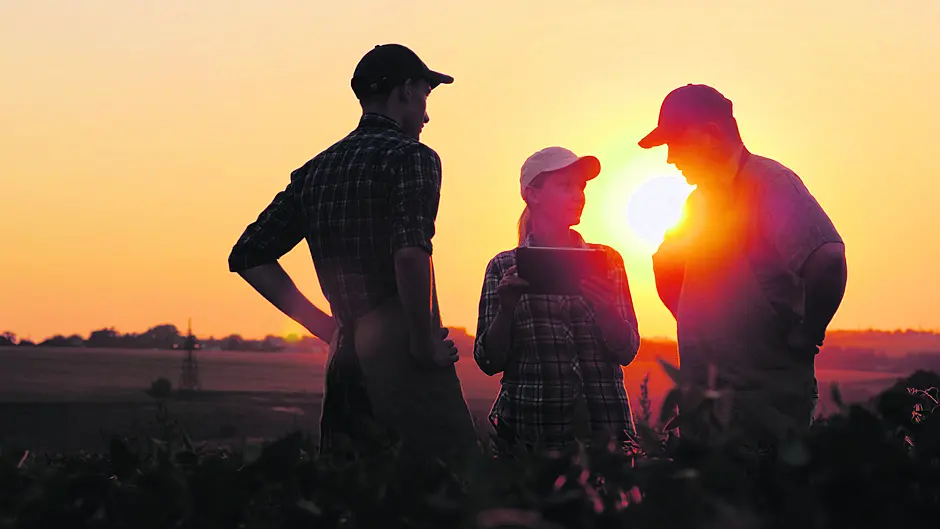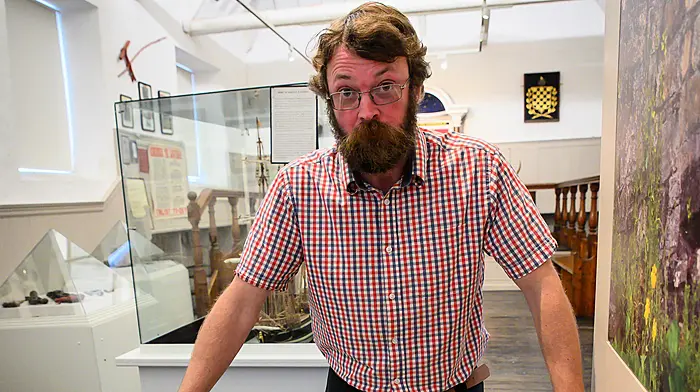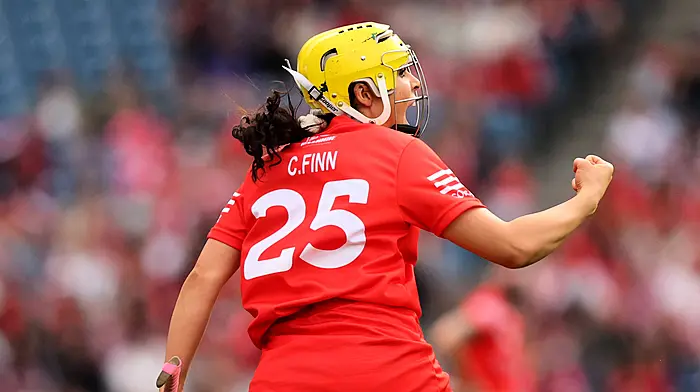By Michael Fitzgerald
PROVIDING a site from a family farm to a non-farming child/sibling is a common inclusion in a farm succession. It is most parents’ wish to have their children and grandchildren nearby and it can be of great benefit to the farm to have an extra pair of hands available when needed. Unfortunately, the site transfer can create tax complications.
The transfer of a site to a son or daughter is addressed in the tax legislation with a specific capital gains tax (CGT) exemption, which was recently extended to include that person and their spouse. A transfer from parent to child would have the benefit of the Group A Gift Tax threshold which is currently €335,000. While the initial Stamp Duty is 7.5% on non-residential property, a tax relief in the form of a refund of Stamp Duty can be available which reduces the effective rate of Stamp Duty to 2%.
Where a sibling provides a site to sibling then generally there is no CGT available, even if the site is provided at the direction of the parent and was a condition of the farm transfer. Gifts between siblings have the benefit of the far lower Group B Gift Tax threshold which is currently €32,500. The higher Group A threshold applies where the child is bound to the transfer the site to a sibling by a condition imposed by a parent. The Stamp Duty relief referred to above continues to be available as it applies independently of any connection or relationship to the transferor of the site.
In the majority of cases, the planning granted on a site from the family farm is restricted to family members and the occupancy of the house is a condition of the planning permission. The open market value of such a site does not attract the same premium as a site with unrestricted planning permission and this lower value generally makes the tax manageable. If the site is within a village or town bounds then a far higher value can apply and the taxes can be more problematic.
The farm succession reliefs listed below all have post-transfer conditions imposed on the successor for a period of 5 to 10 years:
• Retirement Relief from CGT
• Agricultural Relief from CAT (Gift Tax)
• Young Trained Farmer Relief for Stamp Duty
• Consanguinity Relief (for farmers) from Stamp Duty
The disposal of a site by a farm successor within these timeframes can trigger a partial or even full claw-back of the relief. The fact that the successor may be bound to transfer the site to a sibling does not alter the application of claw-back.
Of the four reliefs listed above, Consanguinity Relief has the most punitive claw-back as per the letter of the law a full claw-back arises on the disposal of a site within the six years immediately following the conveyance of the farm. Revenue do not give much comfort as not specific guidance has been provided on this point other than a general comment that they will take account of the circumstances surrounding the failure to comply.
This article should not be read as discouraging the provision of a site to a child as it is an important aspect of a farm succession but it is a matter that requires careful planning. It is also a matter where the approach we take as chartered tax advisers differs from case to case, as the interaction of the various tax reliefs leads to multiple of outcomes and therefore multiple solutions.
• Michael Fitzgerald is a tax consultant with FDC Bandon. FDC Financial Services Ltd is regulated by the Central Bank of Ireland.








